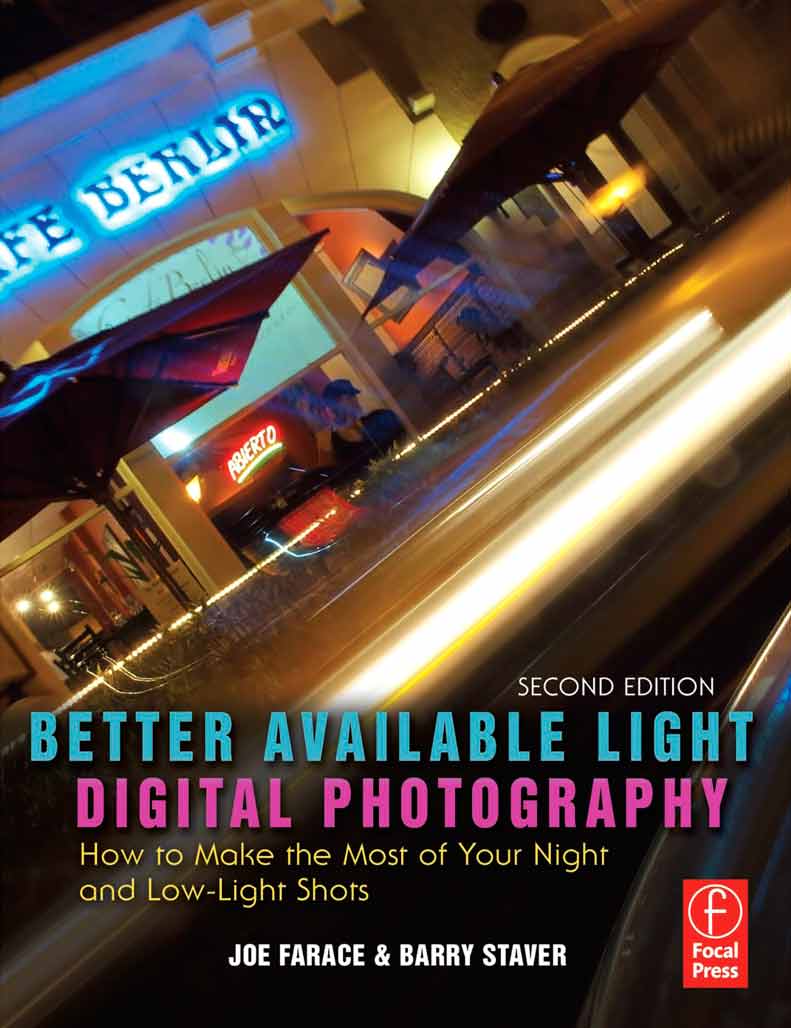Today’s Post by Joe Farace
If you agree that lighting is one of the key elements that differentiate a good photograph from a snapshot, it helps to understand how to achieve proper exposure.
Believe it or not, there was a time when cameras didn’t have built-in light meters, let alone automatic exposure. In those long ago film-based days, photographers used a hand-held exposure meter—my choice back then was a Weston Master V—or relied on the data sheet that was packaged with each roll of film, providing basic exposure guidelines for taking photographs in bright sun, hazy sun, or cloudy conditions.
 How I made this photo: I always had a thing about Fiats, don’t ask me why. In 1968, I bought a new Fiat 850 Coupe; paid $1666.67 for it. It was a wonderfully trouble-free car so I decided to upgrade to a pumpkin-colored 1970 Fiat 850 Spyder; it broke down on the way home from the dealer. And it never got better than that… So naturally I couldn’t resist photographing this Fiat 850 sedan. And to make the experience even more memorable it was made with the wonderful (but they killed it) mirrorless Samsung NX1 and NX 16-50mmfF2-2.8 S lens.
How I made this photo: I always had a thing about Fiats, don’t ask me why. In 1968, I bought a new Fiat 850 Coupe; paid $1666.67 for it. It was a wonderfully trouble-free car so I decided to upgrade to a pumpkin-colored 1970 Fiat 850 Spyder; it broke down on the way home from the dealer. And it never got better than that… So naturally I couldn’t resist photographing this Fiat 850 sedan. And to make the experience even more memorable it was made with the wonderful (but they killed it) mirrorless Samsung NX1 and NX 16-50mmfF2-2.8 S lens.
Another widely used exposure method was based on the film’s ISO rating and using the aperture f/16 aka the “Sunny 16” rule that approach is just as valid today.
Here’s how it works: To take a photograph in bright sunlight, the camera’s aperture was set to f/16 and the shutter speed is whatever comes closest to the ISO number. For instance, if you were using ISO 200, a sunlight exposure would be f/16 and 1/200 sec or the closest speed.
The ability to tweak exposure, even with today’s sophisticated cameras, can make or break your image quality and content. I’m always surprised at the number of people who don’t care about correct exposure, saying, “I’ll fix it later in Photoshop.” When exposure is concerned there’s only a partial truth to this statement. Adobe Photoshop can become a crutch for sloppy camera work but you still need to be careful in the arena of proper exposure. A digital image that’s too far over or underexposed cannot be completely saved with image editing software.
You can make minor adjustments to automatic exposure settings while shooting, including using the any of the different metering patterns available within the camera. My favorite tool for tweaking exposure is exposure compensation. No matter what camera mode is used, you can shift exposure to satisfy your creative needs to slightly over or underexpose the image using the camera’s exposure compensation control. And take a look at the Histogram from time to time. It’s not a perfect way to determine exposure but it’ll get you in the ballpark.
There are as many ways of achieving a “proper exposure” as there are camera models so give one of these methods a try the next time you’re out shooting. Don’t just accept the camera’s automatic exposure (and then complain about it later) use exposure compensation to make it more than just another snapshot.
 If you enjoyed today’s blog post and would like to buy Joe a cup of Earl Grey tea ($3.50), click here.
If you enjoyed today’s blog post and would like to buy Joe a cup of Earl Grey tea ($3.50), click here.
Along with photographer Barry Staver, Joe is co-author of Better Available Light Digital Photography with new copies are available from Amazon for $21.450 and used copies starting around six bucks.